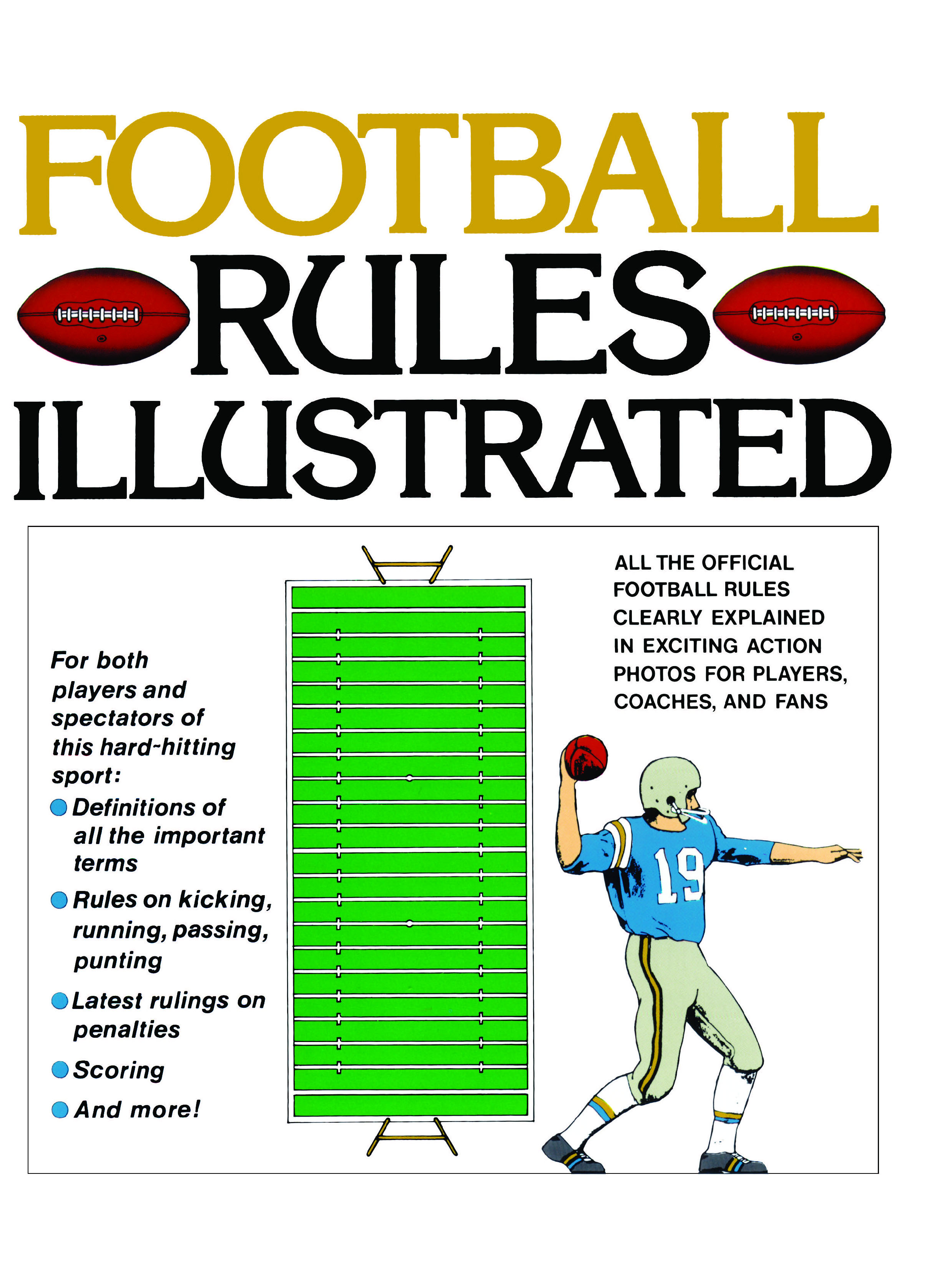
Absolutely! Here’s a comprehensive article about football rules, structured with `
` and `
` headings instead of list items:
Football, a sport of strategy, athleticism, and sheer power, is governed by a complex set of rules designed to ensure fair play and player safety. Understanding these rules is crucial for both players and fans alike. This article will delve into the core aspects of American football, breaking down the essential regulations that define the game.
The Playing Field and Equipment
The stage for football action is a rectangular field, 100 yards long between the goal lines, with an additional 10 yards in each end zone. The field is marked with yard lines, indicating the distance to the opponent’s goal line.
Field Dimensions and Markings

The field is 53 1/3 yards wide. Hash marks, located between the yard lines, divide the field into thirds, aiding in play placement. The goalposts, positioned at the back of each end zone, stand 30 feet high, with a crossbar 10 feet above the ground.
Equipment Regulations
Players are required to wear protective gear, including helmets, shoulder pads, thigh pads, and knee pads. The football itself is an oval-shaped leather ball, with specific dimensions and weight regulations.
Game Structure and Timekeeping
A football game is divided into four quarters, each 15 minutes in length. Halftime separates the second and third quarters.
Game Duration and Clock Management
The game clock runs continuously, except for timeouts, incomplete passes, and when a player goes out of bounds. Teams manage the clock strategically, aiming to maximize their offensive opportunities while minimizing their opponents’.
Scoring Methods

Points are scored through touchdowns (6 points), field goals (3 points), extra points after touchdowns (1 or 2 points), and safeties (2 points).
The Offense
The offense’s objective is to advance the ball down the field and score. They do this by running or passing the football.
The Line of Scrimmage
Each play begins with a snap from the center to the quarterback. The line of scrimmage is an imaginary line where each play begins.
Passing and Running Plays
Offensive plays are categorized as passing or running. Passing plays involve the quarterback throwing the ball to a receiver. Running plays involve a running back carrying the ball.
Offensive Penalties
Common offensive penalties include false starts, holding, and illegal formations. These penalties result in a loss of yardage.
The Defense
The defense’s goal is to prevent the offense from scoring and to regain possession of the ball.
Defensive Formations
Defensive formations vary, but they generally involve a defensive line, linebackers, and defensive backs.
Tackling and Interceptions
Defensive players tackle offensive players to stop their progress. They can also intercept passes to gain possession of the ball.
Defensive Penalties
Common defensive penalties include pass interference, holding, and roughing the passer. These penalties can give the offensive team free yards or a first down.
Special Teams
Special teams units are responsible for kicking plays, including kickoffs, punts, and field goals.
Kicking and Punting
Kickoffs begin each half and after scoring plays. Punts are used to relinquish possession to the opposing team. Field goals are attempted to score three points.
Return Teams
Return teams aim to gain as many yards as possible on kickoffs and punts.
Special Teams Penalties
Special teams penalties include illegal blocks and running into the kicker.
Penalties and Fouls
Penalties are enforced for violations of the rules, resulting in a loss of yardage or a loss of down.
Common Penalties
Examples include:
Offensive Penalties
False Start: When an offensive player moves before the snap.
Defensive Penalties
Pass Interference: Illegally hindering a receiver’s attempt to catch a pass.
Penalty Enforcement
Penalties are enforced from the previous spot of the ball, and the yardage varies depending on the severity of the infraction.
Key Game Concepts
Beyond individual rules, understanding key game concepts is vital for appreciating football’s strategic depth.
First Downs and Down-and-Distance
The offense has four downs to advance 10 yards. Achieving this earns a first down, resetting the down count.
Turnovers
Turnovers, such as interceptions and fumbles, can significantly impact the game’s momentum.
Timeouts and Challenges
Teams have a limited number of timeouts to stop the clock. Coaches can also challenge certain plays, requesting a replay review.
The Rules Continued Evolution
The NFL and other football leagues continuously refine their rules to enhance player safety and improve the game’s flow.
Rule Changes and Adaptations
Recent rule changes have focused on reducing head injuries and promoting offensive efficiency.
Referee Interpretation
The application of rules is subject to referee interpretation, which can sometimes lead to controversy.
This in depth look into the basic rules of football, should give an understanding of the complexities of the game.